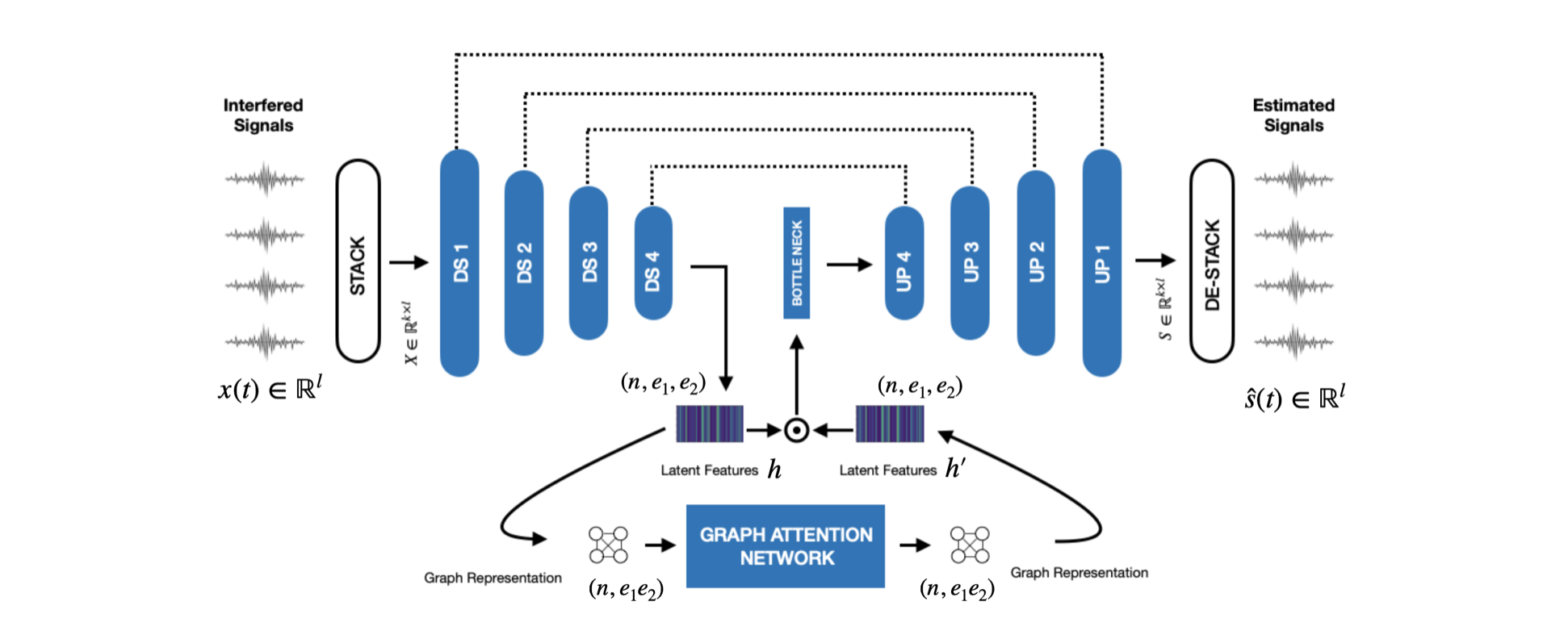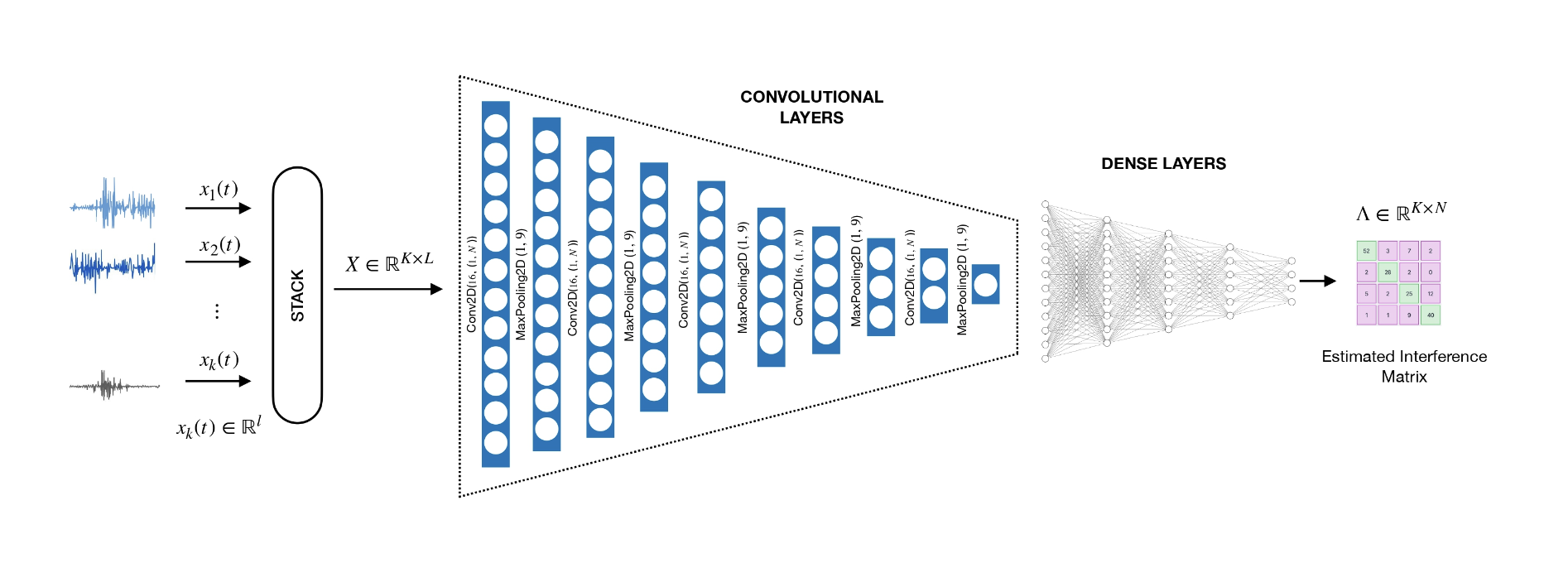
Music Bleed or Interference Reduction
Various methods from optimisation and learning based models were introduced for the task of interference or bleeding reduction in live multi-track recordings.

Various methods from optimisation and learning based models were introduced for the task of interference or bleeding reduction in live multi-track recordings.

This paper presents GIRNet, a neural architecture that learns relationships between audio channels to suppress interference in multitrack music recordings. It accepts direct raw waveforms and generates interference reduced outputs. The network also shows promising generalizability to diverse acoustic environments and instrument sources or genre. Experiments show improved SDR and faster processing compared to existing methods, with promising real-world listening results.
MS by Research thesis submitted at Indian Institute of Technology, Mandi 2024

This paper introduces two neural networks for interference reduction in multi-track recordings: a convolutional autoencoder using time-frequency inputs (interference treated as noise) and a truncated U-Net operating in the time domain (interference reduction based on relationship among multi-track data). Experiments show that both models improve music source separation, with the truncated U-Net delivering superior performance and audio quality.

Current state-of-the-art models, such as Facebook’s Hybrid Transformer Demucs and Band-split RNN, demonstrate strong performance on Western music but struggle with Indian classical music and out-of-domain instrument separation. This performance gap underscores the need for further research into developing source-agnostic and universally robust music source separation models.